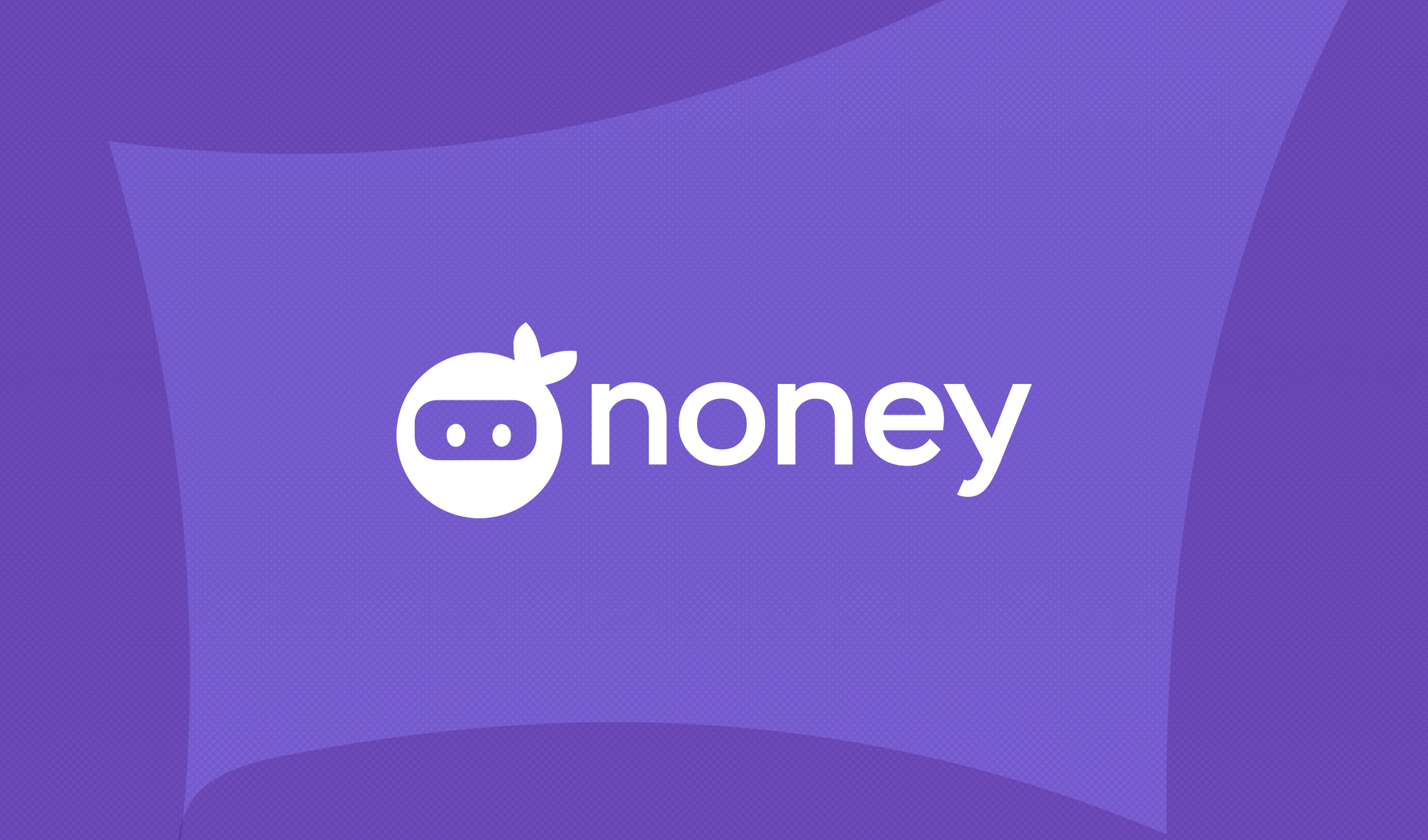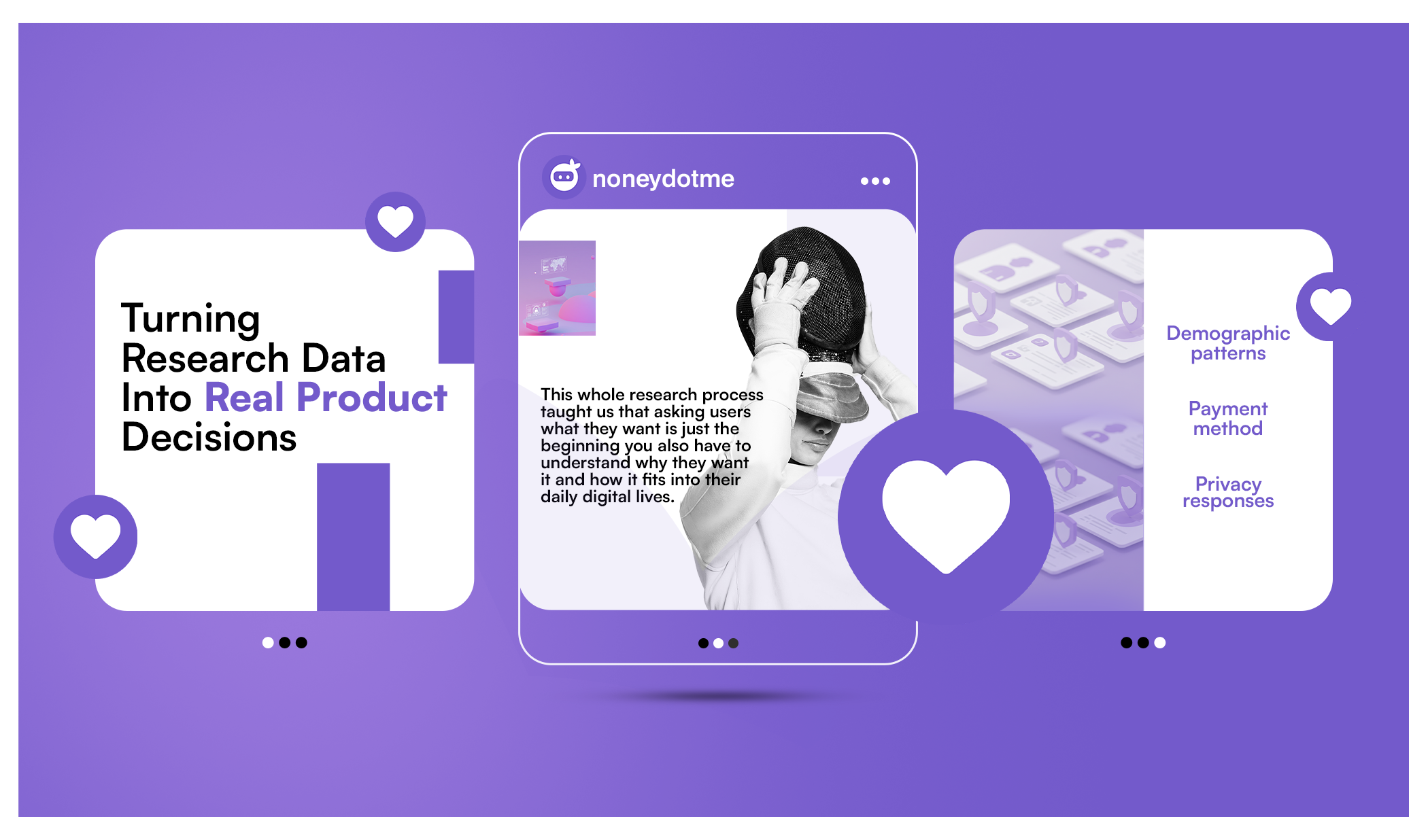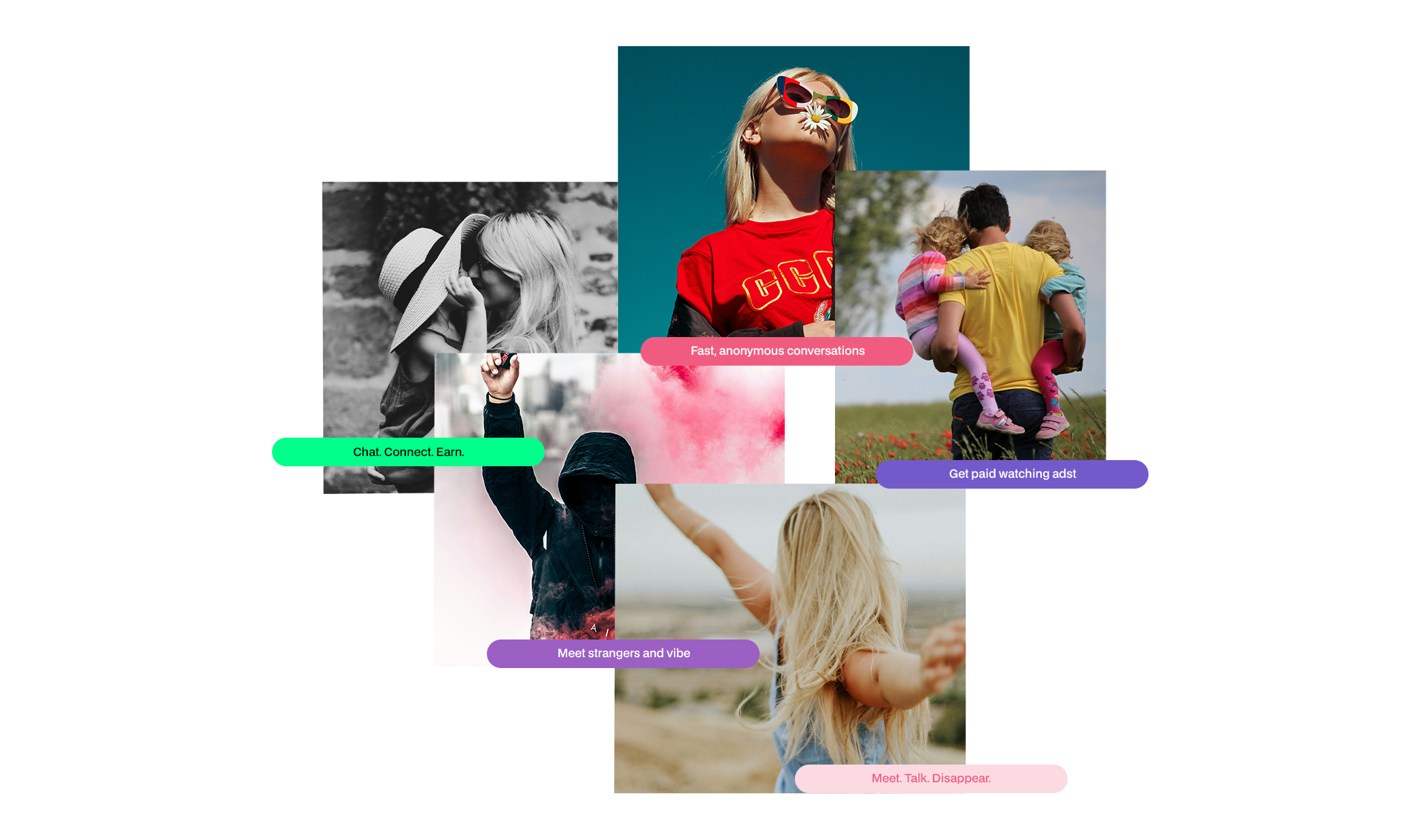Real Research, Real Product Decisions
Taking all that survey information and making it actually useful for building something people want in digital marketplaces.

Once we had our 12 focused questions ready, we faced the challenge of actually getting them in front of the right people. We needed to reach digitally active users across different age groups, but we quickly learned that wasn't as simple as just posting a survey link and hoping for the best.
We tried multiple approaches—social media posts, community forums, and even reaching out through existing networks. The tricky part was making sure we weren't just hearing from the same type of person over and over again. We spent weeks monitoring who was responding and adjusting our outreach strategy when we noticed gaps in our data.
What surprised us most was how much attention we had to pay to response quality. Some people would rush through without really reading the questions, while others would give us incredibly detailed feedback that went way beyond what we asked for. Both taught us something about how people interact with research, even when we weren't expecting those lessons.

When we finally sat down to look at all the responses, some things confirmed what we suspected, but others completely caught us off guard. The demographic patterns were clearer than we expected—different age groups had very different ideas about what "earning money online" even meant, and their comfort with various platforms varied more than we initially thought.
The payment method preferences were eye-opening. We had assumed people would want the simplest, fastest option, but it turned out they wanted choice and control more than speed. Some preferred traditional methods they understood, while others were excited about newer options we hadn't even considered prioritizing.
But the privacy responses really made us rethink our approach. People weren't just concerned about privacy in general—they had very specific worries about different types of data sharing. This wasn't something we could solve with a simple "we protect your privacy" statement. We needed to get much more granular about what data we collected and how we used it.

Having all this information was great, but we needed to turn it into something we could actually build with. We organized our findings into clear user types and started mapping out what features each group would need most. This wasn't about creating perfect user personas that looked good on paper—it was about understanding real behaviors we could design for.
The research also helped us prioritize what to build first. Instead of trying to solve everything at once, we could see which problems were most urgent for most users. The payment flexibility issue rose to the top, followed closely by the granular privacy controls people wanted.
